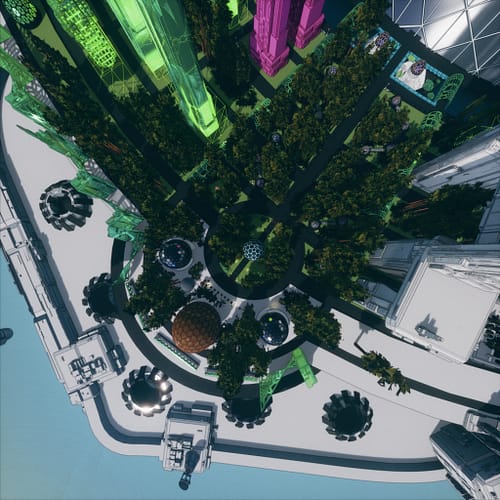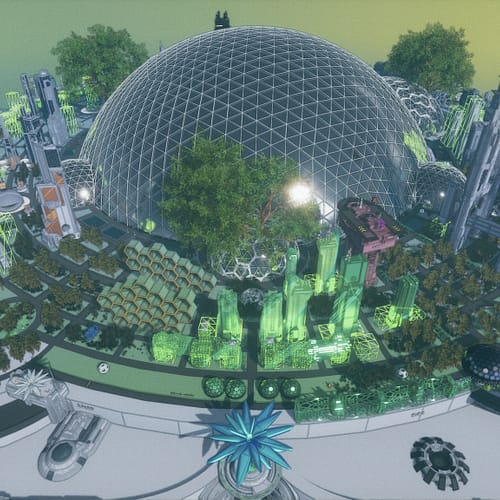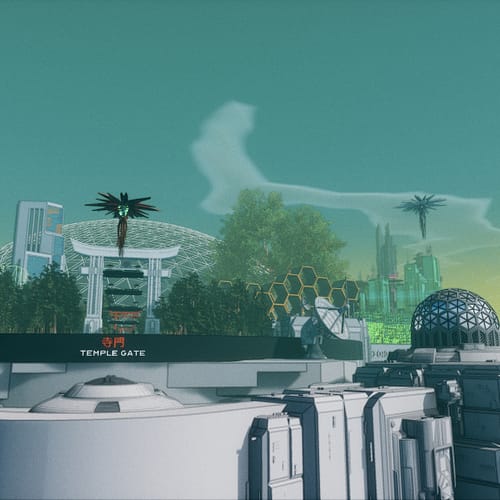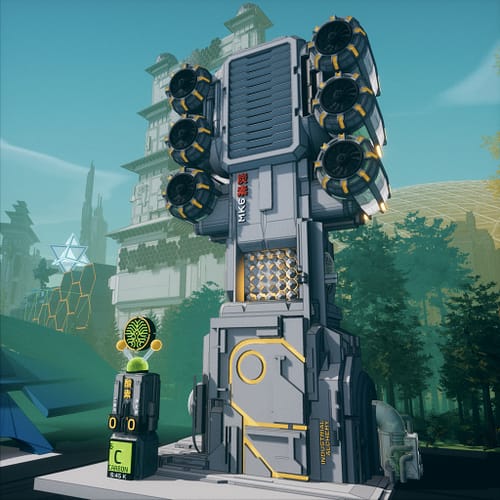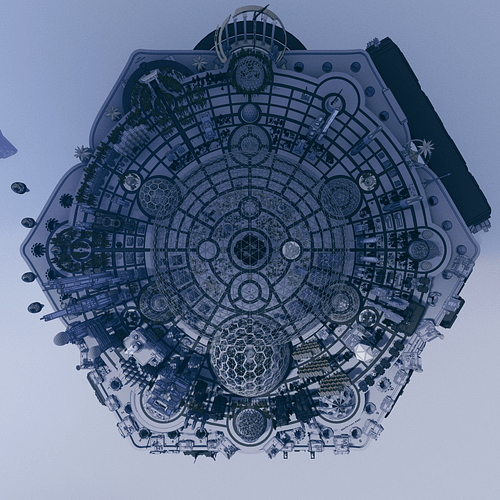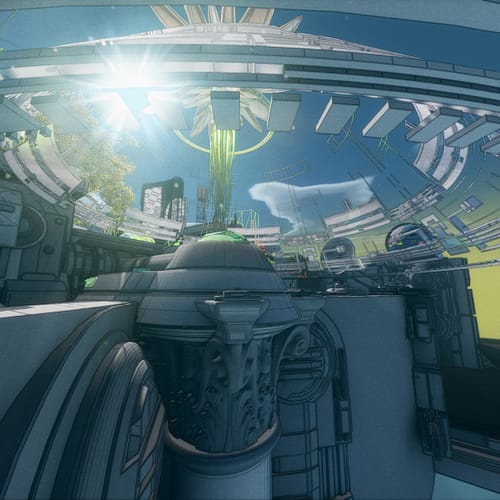Art is the language which transcends time and language barriers.
Universal Visual Language
Cultures have always been defined and remembered by their artifacts and narratives, their gods, their stories, artists, thinkers, musicians, and the mythologies they gave birth to. Art depicts particular cultural aesthetics, yet speaks a universally felt language and implicitly transfers symbolic meaning across cultural boundaries.
We remember humans and their cultures by means of Artifacts. Cultural artifacts are creative representations of the mythologies of which they were born, enacting the symbols and their meanings in a universal visual language.
”This is where every culture of the ancient past has taken up it’s place in the living tapestry of history: in the world of Art.
Unknown Historian
Skeuomorphism
When Apple first started designing mobile applications for the iPhone, they adopted the design principles of skeuomorphism. This is a digital interface that copies the appearance of its physical counterpart. The Compass app looked like the shape of a real metal compass with the wood and metal texture on it, and the Notepad app had a torn paper texture with horizontal lines on it just like real note paper.
”A skeuomorph is a derivative object that retains ornamental design cues from structures that were necessary in the original.
Wikipedia
Yet as soon as consciousness calibrated itself within the new virtual space, it rapidly adapted to what interface designs are best suited for the smartphone. Effective tooling and robustness soon became the primary design principle, and the old skeuomorphic interfaces were replaced by an abstract taxonomy of new interaction patterns that fit the emerging medium. Interface standards like Material UI on Android and iOS on Apple increasingly developed across native ecosystems to standardize out of skeuomorphism and into an abstract usability standard.
This process was progressed by legions of developers who strived to create more useful, practical and intuitive interfaces, and who all copied from each other what worked best and iterated on it. This transition from skeuomorphism to abstract interfaces appeared in software updates over the years which visually re-imagined computer interfaces from a physical portrait, and into a many faceted crystalline tool for navigating physical and virtual hyperspace.
Skeuomorphism served as a necessary growth phase to bridge from physical interfaces to abstract interfaces. At the beginning of it’s medium the best form of an abstract interface has not yet been discovered, so a physical interface is copied and iterated on, adapted for the medium until the optimal abstraction is discovered.
”Post-skeuomorphism is a playful process of re-imagining computer interfaces starting with skeuomorphs and then rapidly iterating into abstract ends, natively adapted to the medium.
Phong
Cloud City is a post-skeuomorphic process of re-imagining content discoverability and surfing the open web in 3D space, using the skeuomorph of a virtual city as the departure point.
Evolutionary Phase
The physical body has evolved for manipulating objects in 3D space, and yet through our obsession with screens, humans have retreated into 2D surface interfaces. It was so effective at achieving this that many humans have become fixated on screens.
”A factor of four is nothing to sneeze at.
John Carmack
Six Degrees of Freedom
At this time, most screen interfaces use 2D control surfaces, such as a mouse, tablet pen or fingers touching the surface of a screen. Since the invention of the iPhone we have close to perfected the 2D control surface, and yet it is still constrained to 2 dimensions.
Now a new type of input device is emerging which is 12D+. This is now available in the new generation of interfaces widely distributed with VR and AR goggles. These Six Degrees of Freedom (6DOF) interfaces engage the entire body to interact with the computer in ways yet imagined.
It is called 6DOF because each hand has 3 axis of input for rotation, and 3 axis for location, totalling 6 axis. Multiply that by two hands, that is 12 axis of movement from the position of your hands. This marks an increase by a factor of 6 in terms of control axis over an old 2D control surface such as a touch screen.
With 6DOF, movement can be conducted as if doing tai chi while effectively using the computer interface. There is a new renaissance of interface designs emerging which engage the body much like in outer space. Astronauts remain an archetype of fascination, as the intrepid explorer exploring deeply into virtual space. Now interfaces are no longer constrained to a specific plane of interaction, and can be controlled in all directions arbitrarily.
For example, there are currently several types of tracking systems currently available as input and output devices for 6DOF interaction:
Outside in (base stations) Valve Index, HTC Vive, Oculus Rift with Touch Controllers
Computer vision (3D Hand tracking) Kinect, Webcam Motion Capture
Outside in (base stations) Valve Index, HTC Vive, Oculus Rift with Touch Controllers
Augmented Reality
An early form of skeuomorphism is currently seen in many VR goggle apps where you go into virtual space and you appear inside a virtual couch inside a virtual living room. Why is the furniture there if you can’t really sit on it? This is a classic incarnation of early phase skeuomorphism.
”Apps such as Google Maps have perfected 2D navigation and now have nowhere to evolve but into augmented reality.
Unknown Columnist
As seen with this Anonymous AR Tester, the ability to affect the user’s visual perceptions is increasingly acute with AR, to the point where they unwittingly struck their head on the wall. In this way, augmented reality effectively projects consciousness directly back into the physical environment, with an added layer of functionality. The latency has become so low as to hack into the lower level limbic system and convince the brain that reality has been visually over-written.
”Then a hole tore open in the wall, and tiny robot spiders started crawling out. I walked over to the large gaping hole in the wall, and stuck my head inside the hole in the wall and BOOM, I banged my head right into the wall. There was no real hole in the wall, I was wearing a Microsoft Hololens.
Anonymous AR Tester
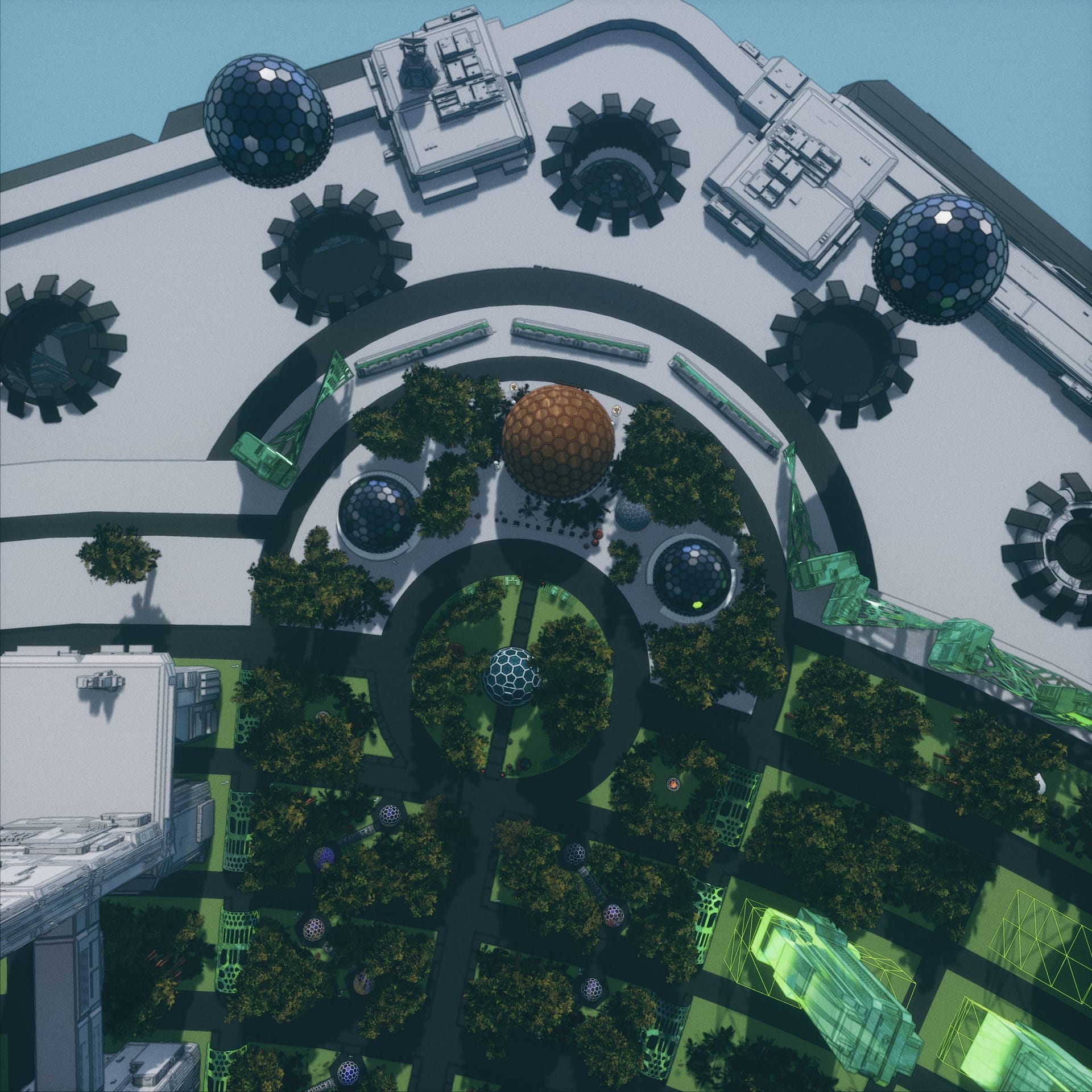
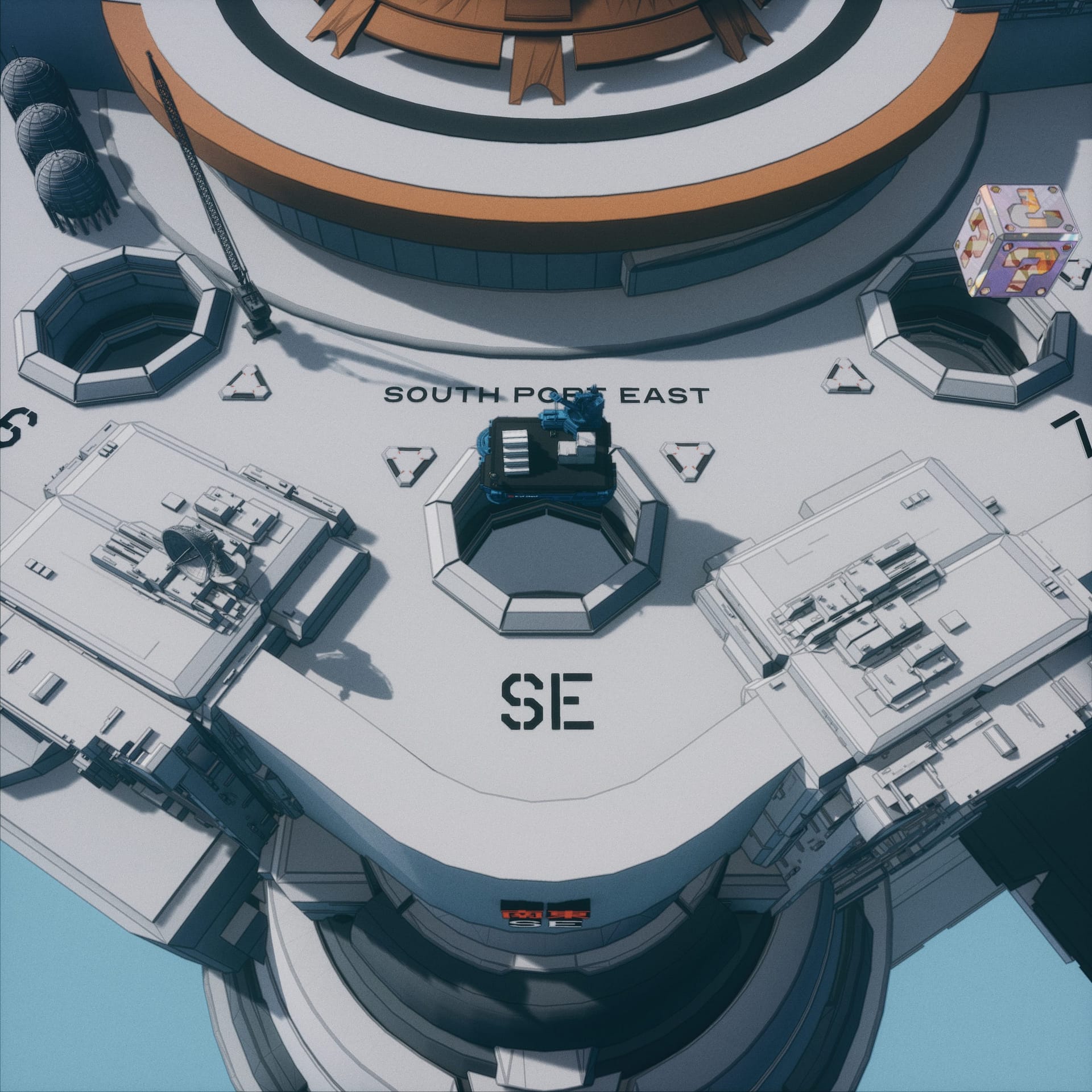
Read more
This is part of a series
Post Skeuomorphism & The Metaverse 1/4
Post Skeuomorphism & The Metaverse 2/4 ✔️
Post Skeuomorphism & The Metaverse 3/4
Post Skeuomorphism & The Metaverse 4/4

